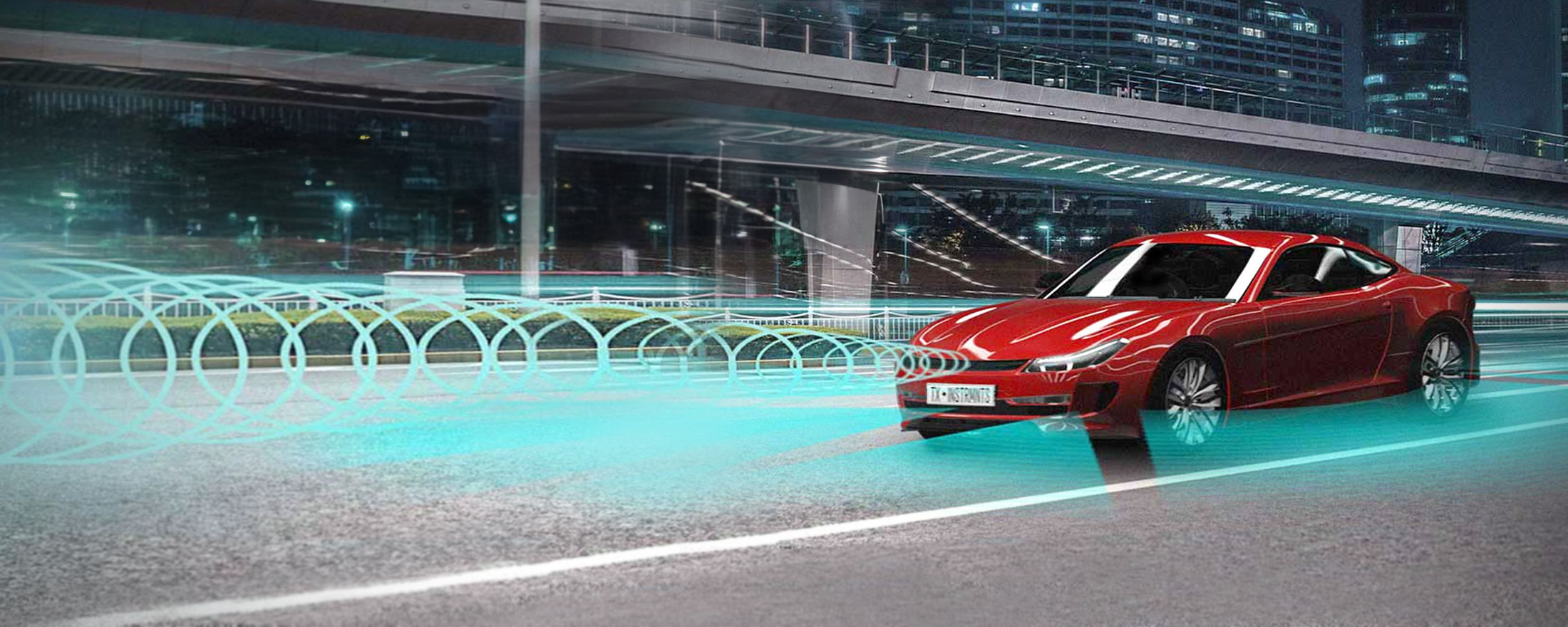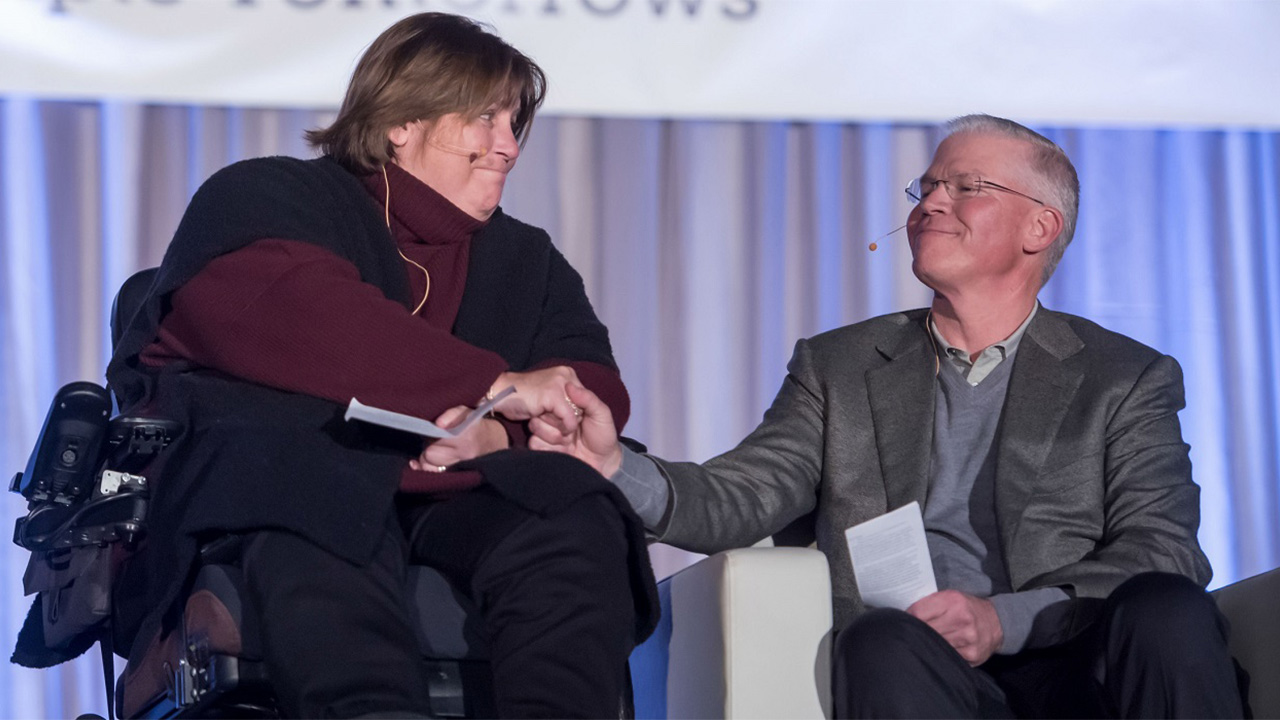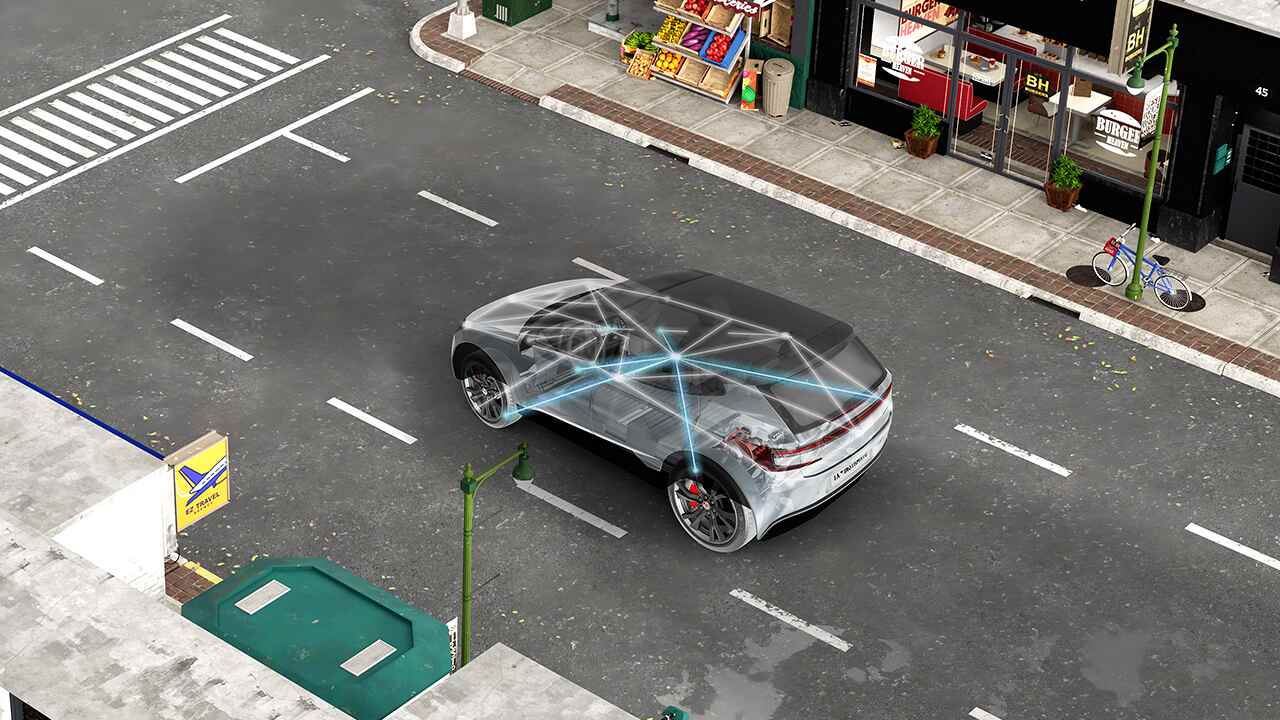The inside story of the world’s first millimeter-wave radar system on chip, part 2

When a team of TI innovators created the world’s first millimeter-wave radar system on a chip, they enabled our customers to integrate radar technology into automobiles, giving more people access to safer vehicles.
Vijay speaks with a sense of nostalgia as he recalls the mmWave R&D team nickname.
“It was called JDI,” he says.
That stood for, “Just do it.”
And that was exactly the attitude required to deliver on what would become a nine-year innovation journey to build the world’s first automotive mmWave radar system on chip.
“At the time, CMOS (complementary metal–oxide–semiconductor) analog design was considered impossible,” says Vijay, an innovator on the core team. “There were a lot of people inside TI, some of them TI Fellows, who used to tell me, ‘You cannot do high-precision analog design in CMOS.’”
Like many other innovators in our company’s history, they did not back down from a challenge. During their R&D journey, they secured 24 patents and created a technology that made it possible – for the very first time – to integrate affordable TI mmWave radar systems into mid-to-low end vehicles to improve safety.

“Just Do It is the way we ran the team,” says Srinath, one of its core innovators. “We just went ahead and did it. To do this, one needs confidence in their skill set and also the ability to manage the risks and fear of failure.”
The JDI nickname didn’t originate with mmWave, says Baher, the team’s leader. It was a team that had earned the nickname during its time in our company’s Wireless business, starting in 1998.
“The JDI acronym stuck with the team, and in a sense, it was a metaphor for, ‘If it is doable – we are the ones to do it,’” Baher remembers. “It carries with it courage and intensity, but also a lot of depth and caring with expectation of first-time success.”
For members of the team, the project was personal.
Brian, one of the core innovators, lost his best friend in a tragic car accident.
“Back in 2006, my childhood best friend was driving home from an Ultimate Frisbee tournament, and a coyote ran across the highway,” Brian says. “He swerved, lost control of the vehicle and crashed into the median. The two front seat passengers died.
“I genuinely believe that highly automated driving as a technology has the potential to avoid such fatal accidents.”
When the mmWave innovation program began, Brian says, the number one cause of death for people in his age bracket was accidents, including automobile accidents.
“The potential environmental, economic, and quality of life benefits from assisted and autonomous driving is matched by very few other technologies. Radars are only one small piece of highly automated driving, but they are an essential one.”

Enabling higher levels of safety
When the team set out to create TI mmWave technology, the quest was all about enabling higher levels of safety in more affordable cars. That was a goal that many TI engineers had been thinking of for decades.
“We converted what used to be a military technology into something that we can actually put in our hands. Almost at our fingertips,” Vijay says. “And it can now be produced in dollars rather than in thousands of dollars or millions of dollars.”
A team during the 1980s proposed automotive radar to TI’s leadership. But the technology never gained traction at the time because, at $500, it wasn’t competitively priced.
It is fitting, Baher says, that the mmWave project originated as one of the first R&D endeavors in Kilby Labs, a research center named for Jack Kilby, who invented the integrated circuit at TI in 1958. The project crossed multiple disciplines, including devices, modeling and processes, circuit design and architecture, packaging technology, system knowledge, radio-frequency (RF) imaging, antennas, and the mathematics of imaging – in extreme operating conditions.
“When many boundaries need to be crossed, innovations are ample,” Baher says.
When the project began in 2009, it was an exploration of how to build complex mmWave systems, how to productize them, and how to do all this in CMOS technology, says Brian.
The team accepted the steep challenge of designing in CMOS because they knew that this foundational piece was what would make the technology affordable to the masses. It was the one thing that would allow them to bring radar detection capabilities, which were once very costly, to a technology that could easily be incorporated into a $20,000 car.
The team had the right mix of expertise to start with, says Baher, its leader.
“We had the right attitude. We had solid fundamentals, a desire to learn new things, and we were not afraid of tackling new areas in a short time,” he says.

Integrating technologies
After developing the business case, the engineers kicked off a new project in mid-2012 to develop an automotive radar chipset. The market at the time was already being disrupted because Europe had changed the regulations that govern automotive radar.
Before 2012, forward-looking or long-range radars in the vehicle operated at a frequency of 77 GHz. And corner radars, which are used for blind-spot detection, were primarily at 24 GHz. Europe changed the regulations to sunset the 24-GHz spans, which meant they had to transition to 77 GHz.
The first working system was built in 2013, with test chips, in partnership with an original equipment manufacturer (OEM).
“After that, we started defining and implementing our first production silicon,” Brian said. “So it took about two years of additional technology development, and then three years to build the product.”
Once the team proved the ability to build the system on a CMOS platform, they were able to integrate a lot more digital content.
“Instead of having multiple separate front-end elements and then a microcontroller and a DSP, we were able to provide that all in one device – a system on chip,” Brian says. “And then, with the front-end radar transceiver, we were able to build enough intelligence in so that the chip was able to do basically all of the radar configuration and signal processing on top.”
This made the radar much simpler to use because it did not require direct intervention from an external host during its operation, but still retained all the flexibility required in the final system.
The team also spent time innovating low-cost test solutions and how to redefine the way the device would monitor itself. The self-monitoring feature was crucial because it would mean that our customers could enable the highest levels of functional safety, Brian says.
Simplifying radar
Deploying radar once demanded extensive RF design and expertise. Integrating the right antenna, RF, analog, digital processor and a proper interface required a costly and cumbersome design. But TI mmWave technology has opened the door to many creative plug-and-play solutions. In addition to standard automotive applications, many industrial and commercial applications can readily benefit from an easy-to-use TI mmWave sensor. For instance, TI mmWave technology can be used to detect when an elderly person falls to alert a caregiver. It can enable robots to navigate complex factory environments. And it can detect an intruder through walls as part of a security system. To learn more, see Part 1 of this series.
Before TI mmWave technology, only high-end vehicles offered radar-enabled safety systems. This affordable solution allows a radar sensor to be incorporated into low-cost vehicles, helping to make automobiles safer.
“We had to struggle from product definition through system implementation, device implementation and finally demonstration, but it was all worth it,” Srinath says.

A family of technologies
But the benefit of this team’s work doesn’t stop in automotive applications. A little more than a decade after their initial project kicked off, these innovators have created a family of technologies enabling an array of applications, from in-cabin sensing in vehicles to robotic maneuvering in factories to monitoring the vital signs of a room full of people with no physical contact.
Since 2012, the mmWave design team has grown to a significant team within our company, working on related technologies and developing a full product portfolio. That team has added approximately 50 new patents beyond the core team’s original 24.
“Many people have contributed key innovations and combined their focused effort to make all of this happen,” Baher says. “Our success stands on all of their shoulders.”
The focus of the mmWave team today is to continue expanding the use of radar technology beyond traditional markets. The products they create solve vision-sensing challenges across the globe.
“It all started with automotive, but the team is focused on understanding the needs of today and anticipating the needs of tomorrow to continue expanding use of affordable radar technology,” Baher says.
A passion to create a better world
At TI, our passion is to create a better world by making electronics more affordable through semiconductors. We do this through the years, as generations of incremental and breakthrough innovations build upon one another to make electronics smaller, more efficient, more reliable and more affordable. Technologies like TI mmWave.
“We needed to bring life-saving technology to more cars. And we did it. We democratized radar by bringing down the cost and simplifying the usage so that you don’t have to have a Ph.D. to use it,” Vijay says.

